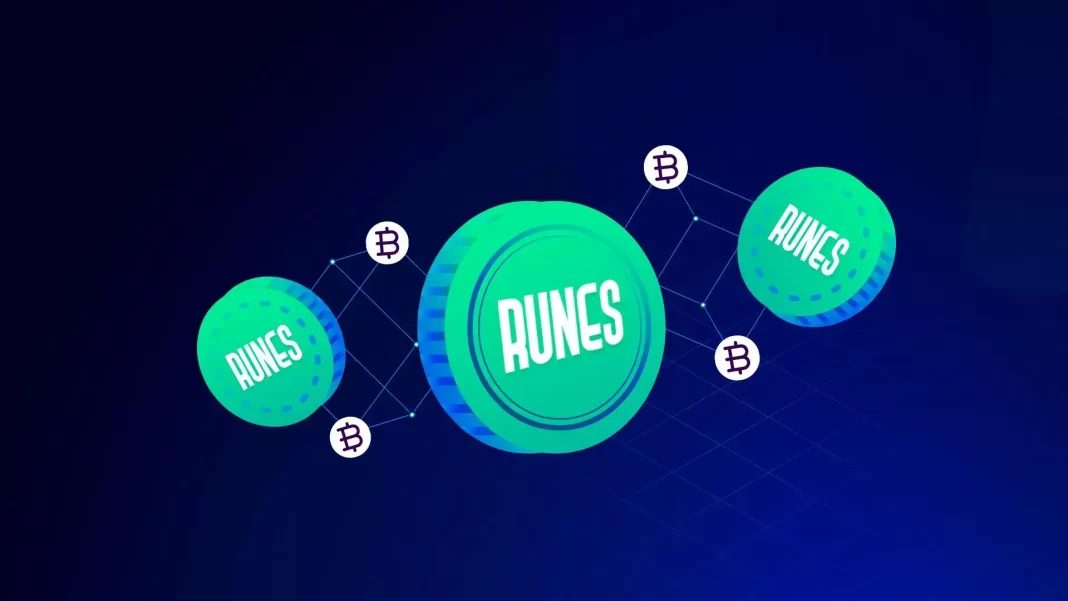The highly anticipated launch of the Runes protocol on the Bitcoin network has caused transaction fees to skyrocket. Users eager to mint new tokens on the innovative platform are driving up the cost of including transactions in blocks. This surge in activity, while causing temporary congestion, underscores the potential of Runes and similar protocols to unlock a wave of new applications built upon the secure foundation of Bitcoin.

Runes allows users to create and manage their own tokens directly on the Bitcoin blockchain. Previously unavailable on Bitcoin, this functionality opens doors for a wider range of financial instruments and potentially even new use cases. The initial excitement surrounding Runes is evident in the massive fees users are willing to pay to secure their spot among the first minters.
However, the surge in fees also highlights the ongoing challenge of scalability on the Bitcoin network. With a limited block size, there’s only so much transaction data that can be processed at a time. While the high fees incentivize miners to prioritize these transactions, it can also make it more expensive for everyday users to conduct regular Bitcoin transactions.
Despite the temporary congestion, the Runes launch is a positive development for the Bitcoin ecosystem. It demonstrates the ongoing innovation happening on the world’s oldest blockchain and paves the way for a more versatile and feature-rich network. As the technology matures and potential scaling solutions are implemented, the fees associated with minting Runes tokens and other similar activities are likely to stabilize.
This event serves as a reminder of Bitcoin’s potential to evolve and adapt. While it was originally designed as a peer-to-peer digital cash system, protocols like Runes are pushing the boundaries and showcasing the underlying technology’s capacity to support a wider range of financial applications. The future of Bitcoin remains bright, and the launch of Runes is just the beginning of a new chapter in its ongoing story.












